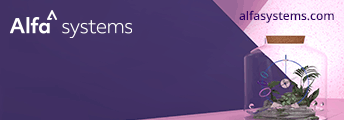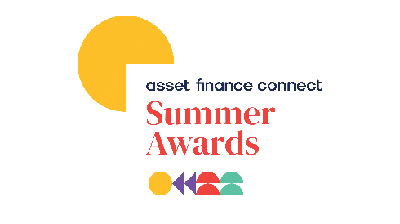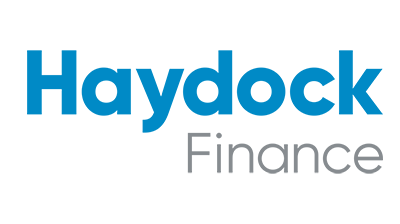
When lenders request bank statements from customers as part of the application process, it can create inefficiency, re-work and poor turnaround times, leading to frustration for brokers and customers.
The cost of leakage and lost business as a result of bank statement processing is significant.
At each stage of the process after the application has been referred back by the lender with a request for more information, there is friction and the risk of costly leakage as customers decide to look elsewhere or abandon the process.
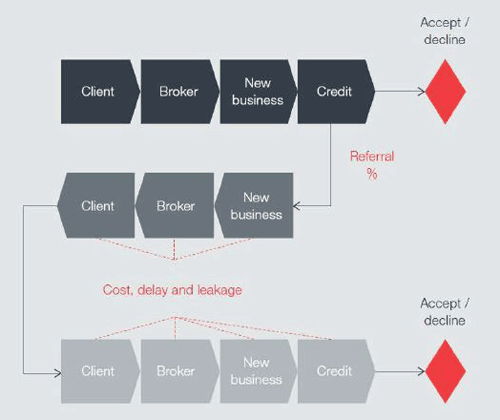
Source: Equifax
Therefore, there is a strong business case for improving how a finance company manages bank statements.
These can include:
- Profit from increased new business volumes - as a consequence of both reduced leakage and an improved application journey for brokers and customers
- Increased front and middle office productivity – both by reducing the proportion of proposals that need to be referred for further information and reducing the amount of manual processing
- Improved efficiency of your underwriting team – removing manual checking and calculation tasks relating to bank statements
- Enhanced information for underwriting – through the extraction of data held in the bank statements, for example automatically feeding into appropriate risk scorecards
- Improved risk management – adding in automated checking processes that provide consistent quality checks while removing human error
There are two new ways to tackle this issue.
New data
As part of the government’s efforts to increase competition in the SME lending market, Commercial Credit Data Sharing (CCDS) is the forced sharing by the largest banks of data on SME bank accounts and outstanding lending commitments. After several years in development, it’s due to go live shortly.
CCDS offers significant benefits in terms of underwriting decision quality, including increased ability to underwrite unincorporated and thin file customers, plus the ability to generate pricing benefits, income opportunities, enhance the customer and intermediary experience, in-life risk management, credit policy setting, process streamlining and reduced operating costs (a GrowCap white paper highlighting benefits for lenders is available here).
A new CCDS data request on a company pulls back six months of current account data. A longer history can be developed through monthly CCDS data feeds during the life of the customer relationship.
Where the customer has more than one bank account, this is reflected in the information provided, giving a fuller view than is otherwise available.
The credit reference agency supplying the information (there are only three that have been designated by the government to manage CCDS data) may also provide additional derived scores based on the aggregation of the new data.
The data provided on each bank account for each month includes:
- Start date and close date
- Current balance
- Credit /overdraft limit
- Facility status
- Original default balance
- Default satisfaction date
- Minimum balance
- Maximum balance
- Average balance
- Credit turnover
- Debit turnover
- Rejected payments
- Days in excess
This may be enough information to remove the need to request bank statements from the customer and to turn a clumsy manual underwrite (possibly including a referral for more information) into a digitally enhanced automated process.
As well as the improved experience for brokers and end customers (which in turn may lead to increased new business volumes), the impact on leakage rates and process efficiencies can be modelled using system-held data and working with the credit team.
This benefit alone may be sufficient to justify the broader business case for adoption of CCDS.
Digitisation
Many finance companies and intermediaries fail to make best value of the information assets already available to them.
Bank statements can fall into that category. With the application of available technologies, scanned or hard copy bank statements can be converted into a digital format to provide enhanced information for underwriters (including feeding into automated scorecards), remove unwieldy manual bank statement checking processes and detect potentially fraudulent activity.
One example of this is the CAIROS system. CAIROS is a modular system developed by fintech company AMP Credit Technologies, which offers a range of front and middle office automation tools.
For established finance companies, CAIROS functionality is available as web services that can be integrated into existing systems and processes.
When receiving standard documents such as a bank statement electronically or as a hard copy, CAIROS can be ‘trained’ to recognise content and convert it into a digital format.
The bank statement checks currently done manually by underwriters can be automated. Bank statements showing signs of tampering, such as the adjustment of totals, can be automatically identified.
Ratios and other calculations can be automated, and data can be transferred automatically into the finance company’s scorecards for further analysis and interpretation.
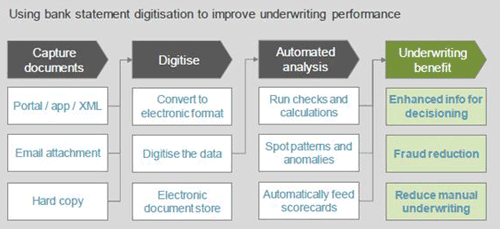
Source: GrowCap
For companies managing a flow of new business proposals, the business case for moving to digital solutions is strong, with the combination of enhanced decisioning and operational efficiencies driving early payback on investment, with minimal disruption to existing business practices or technology.
• Peter Hunt is a founder of industry consultancy GrowCap. He has spent more than 20 years in the asset finance industry, most recently as head of strategic projects for Investec’s asset finance group. He is a former head of strategy for RBS Business & Commercial Banking and was the founder of asset finance consulting firm Invigors.

